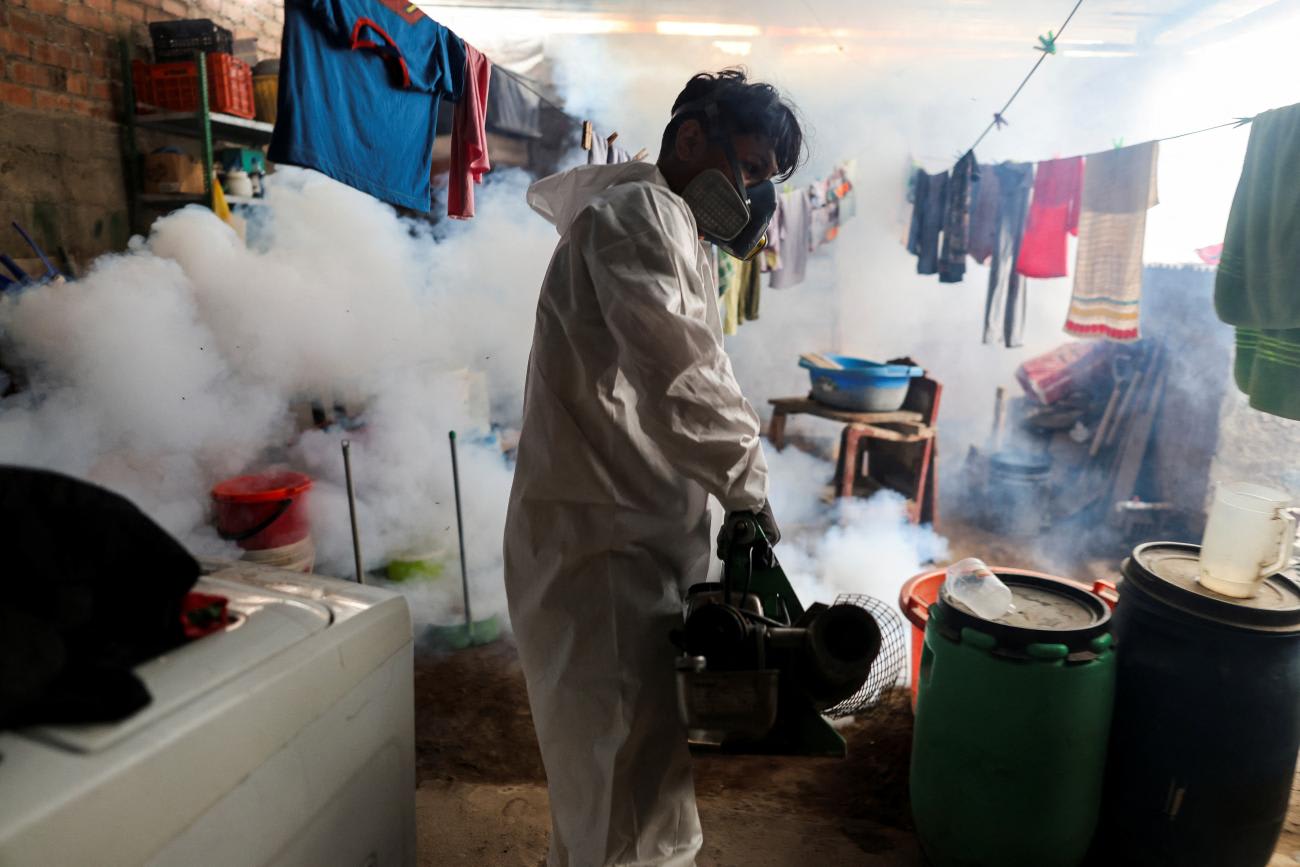For the first time since the pandemic, the Institute for Health Metrics and Evaluation (IHME) has updated its Global Burden of Disease (GBD) study. Published Monday in The Lancet, the study found a 1.6 year drop in life expectancy between 2019 and 2021. This trend is the first time the researchers documented a global decline in life expectancy since the study began in the 1990s.
"We can see where the biggest health problems are across the world and where the biggest inequalities are—and create this global public good as a resource for policymakers," says Austin Schumacher, a health metrics scientist at the University of Washington and lead author of the GBD life expectancy study.
The findings estimate that 15.9 million additional people died during the COVID-19 pandemic that would have survived had the pandemic not happened. This excess mortality likely contributed to the life expectancy decrease, Schumacher says. However, the pandemic didn't reverse long-standing progress toward declining mortality for children younger than five, known as under-5 childhood mortality.
Manuela Ferreira, a musculoskeletal health scientist at the University of Sydney in Australia, says that this GBD study is especially important because it allows researchers to better understand the pandemic both globally and at regional levels.
"They've really done some very, very robust work," Ferreira says.
How widespread these increases in mortality were was a bit surprising
Austin Schumacher, IHME
The GBD study began as a one-off report commissioned by the World Bank in 1990. Ten years later, the World Health Organization updated the study with newer data and statistical analyses as well as improved coverage of more countries.
The project continued to grow in scope during the 2000s, and now includes separate reports on disability, fertility, and causes of death. Those studies are due out this spring.
Headed up by Christopher J. L. Murray, now head of the IHME at the University of Washington, the study attracted the attention of the Gates Foundation as a way to compare not just mortality from disease but also disability, economic impact, and a slew of other factors.
As the study expanded in range during the 1990s and 2000s, the types of data used by study scientists increased as well. The mainstay of information continues to be large, national datasets, but Schumacher says that IHME scientists have pulled in other types of statistics as well. The life expectancy report analyzes information from nearly 23,000 surveys, censuses, and other data sources covering 204 countries from 1950 to 2021.
Harmonizing these data types requires a detailed understanding of statistical analysis in order to understand both what the numbers can say and their limitations and uncertainties.
"It's very heterogeneous data," says Maoyin Pang, a gastroenterologist at the Mayo Clinic who has participated in other GBD studies. "With a large dataset, we can see the gross discrepancies between regions and countries. It's very hard to use small studies to investigate disease and systemic health care."

These myriad sources of facts and figures were extremely valuable when Schumacher and others at IHME began sitting down to disentangle the life expectancy impacts of the COVID-19 pandemic. Globally, all-cause mortality rates increased by 21.9% in males over age 15 and by 16.6% in females over 15, a dramatic reversal of previous trends.
As expected, the researchers found that mortality rates varied widely across the globe. A total of 80 countries had mortality rates higher than 150 per 100,000 individuals during at least one year of the pandemic. Bulgaria and Lesotho had the highest excess mortality rates during the pandemic, followed by parts of Central America and the Caribbean. In contrast, seven countries and territories—Antigua and Barbuda, Barbados, Iceland, Japan, Mongolia, New Zealand, and Taiwan—had fewer than expected deaths during the first two years of the COVID-19 pandemic.
Some of the uneven consequences were due to the disproportionate impact of the coronavirus on older individuals rather than a population's overall health or pandemic response. These findings highlight the bias in the public understanding of where COVID-19 hit hardest, Schumacher says.
"By standardizing that age distribution, we see that a lot of places have really, really high excess mortality," Schumacher says, including sub-Saharan African, Nicaragua, and Mexico City. "How widespread these increases in mortality were was a bit surprising."
Life expectancy declines were largest in Latin America and the Caribbean
The pandemic wasn't just felt in deaths directly from the coronavirus. Overall mortality rates also increased during this time, which other scientists have hypothesized is due to delayed medical care and increased stress. Calculating these excess deaths required careful mathematical modeling to estimate the number of deaths that would have occurred had the pandemic not occurred. Creating these counterfactuals, as they're known, allowed the IHME team to estimate that the pandemic caused an extra 15.9 million around the world.
The collective death toll was so large that it brought down average life expectancy across the globe. Declines were largest in Latin America and the Caribbean at 3.7 years and the smallest in southeast and east Asia and Oceania at 0.3 years.
The find was startling and sobering, especially considering that the bulk of excess deaths were in older age groups, which typically have less influence on life expectancy estimates than youth mortality. It was also the first global decline in life expectancy that researchers had documented since they started systemic measurements in the 1950s.
The Global Burden of Disease study did contain small pieces of good news. Under-5 death rates continued their decline, even during the pandemic, further affirming the strong work underway in these areas.
"One of the one of the largest success stories of like the last 70 years as a whole is the amount that we that we've lowered child mortality. It's encouraging to see this continues to decline," Schumacher says.
For Ferreira, the data gathering and statistical analyses performed by the IHME group are second to none.
"It's the most comprehensive gathering of data in the world," she says.













